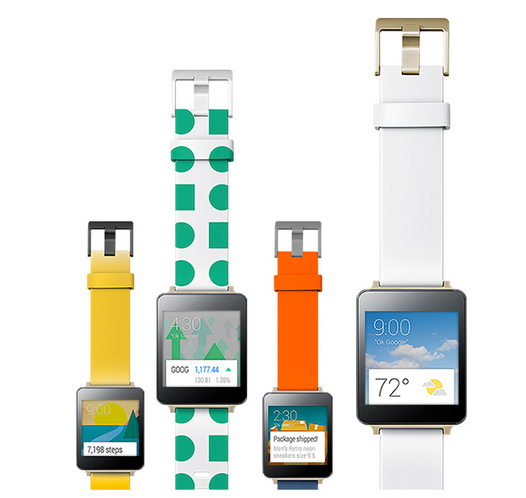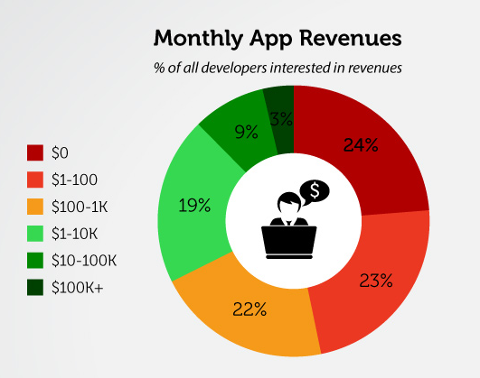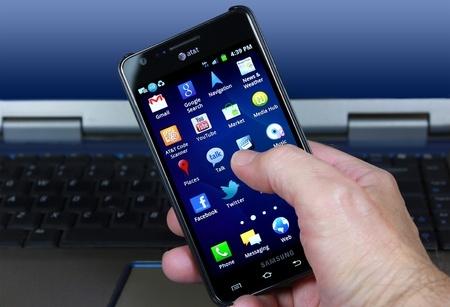iOS
- Swift: Schweitzer says Apple’s new programming language is a pretty big change. “The barrier to entry to iOS and Mac programming has been pretty high” because of Objective-C, he says. “Objective-C is really kind of its own thing. There’s no logical or easy way to get from C++ to Objective-C or Java to Objective-C. It’s completely different from any of them. Swift is much closer to Java, so programmers with a Java background have a lower barrier to entry.” He said it reads much like Java, which he sees as enticing more developers to pick it up. Dave Koziol, president of Arbormoon Software in Ann Arbor, Mich., calls Swift a safer language. “Things like running off the end of an array are much, much harder to do. There’s a lot more type safety, and a lot more protection against common coding errors,” he explains. As a result, he says, buggy software will be harder to create, meaning apps will be more stable and faster to develop.
- iBeacon: Released in iOS 7, this low-energy Bluetooth feature offers many possibilities for providing proximity-based content, says Matthew Chartier, president and CEO of eyeWyre Software Studios in Mt. Clemens, Mich. “There’s some really exciting stuff happening with the whole proximity-based stuff,” he says. “The devices are so much faster now and there’s so much more they’re capable of in terms of immersive 3-D content.”
Android
- Android L: On June 26, Google released Android L to developers of Nexus 5 and Nexus 7. It’s said to be working on 5,000 new APIs for the radical new design. “Google has had quite a hands-off attitude in terms of the user interface, and now they’ve realized they have to take ownership of it more,” says Schweitzer. With L, Android’s interface is “going to a colorful and shadow-based, depth-based interface,” says Chartier, who finds it interesting that Apple seems to be going in the opposite direction, more toward a more flat look. “The look and feel of apps are evolving in Android, and that’s actually welcome,” Chartier says. “Part of the L transition for designers will be what’s acceptable on each platform (iOS and Android). When iOS 7 hit, it really changed the way we designed systems for iOS. And now that’s happening to Android.”
- Wearable Technology: Despite some parallel efforts by Apple and Samsung, Google is leading the way in wearable technology. The company unveiled a number of smartwatches at Google I/O, though first reviews describe them as being rough drafts. Koziol finds the idea of not having to pull your phone out to see who texted you intriguing, but says such products will have to evolve if they’re to succeed. He doubts women in particular will be willing to put a huge brick on their arms.
Samsung
Though it’s heavily invested in Android, Samsung is pursing some interesting projects of its own. It recently announced a sensor-filled watch (“Simband”) and the SAMI cloud platform for storing health data collected by the device. Then there’s its Tizen operating system, which has rankled Google.Windows
Exactly how Microsoft’s recent reorganization will impact mobile development isn’t clear, but it certainly won’t change the obstacles the company has to overcome in a world dominated by Android and iOS. Koziol and Chartier have seen little business in Windows Phone development, though they say there’s at least some interest out there in Microsoft’s Surface tablets.BlackBerry
Chartier says he’s seen no interest in BlackBerry development for years. The device’s niche with security-conscious enterprises and governments continues to shrink and the company seems to be retreating into its embedded business with its real-time operating system, an area where it’s more difficult for Apple and Android to compete. Just last week, however, Apple and IBM announced they’re teaming up in an enterprise push, a development Koziol sees as further damaging to what little market share BlackBerry has left.Cross-Platform
More tools are emerging for cross-platform development. Chartier points to Xamarin as one that’s “decent.” It “allows you to write shared code in the areas where the code is the same” and then build separate front ends for iOS and Android. “So for all intents, you’re still building two user interfaces, but you’re not rebuilding the guts of them,” he explains.Server Skills
Increasingly, mobile developers need to have a set of server skills, Chartier says, as more apps require online components of one sort or another—talking to enterprise servers or services in the cloud, for example. Companies, he notes, are struggling to find mobile developers who have these skills.Upload Your ResumeEmployers want candidates like you. Upload your resume. Show them you're awesome.
Related Articles
- How Tizen Could Win
- C#: Xamarin Studio—Is it Worth a Look?
- Google Wants to Teach You How to Build Android Apps



